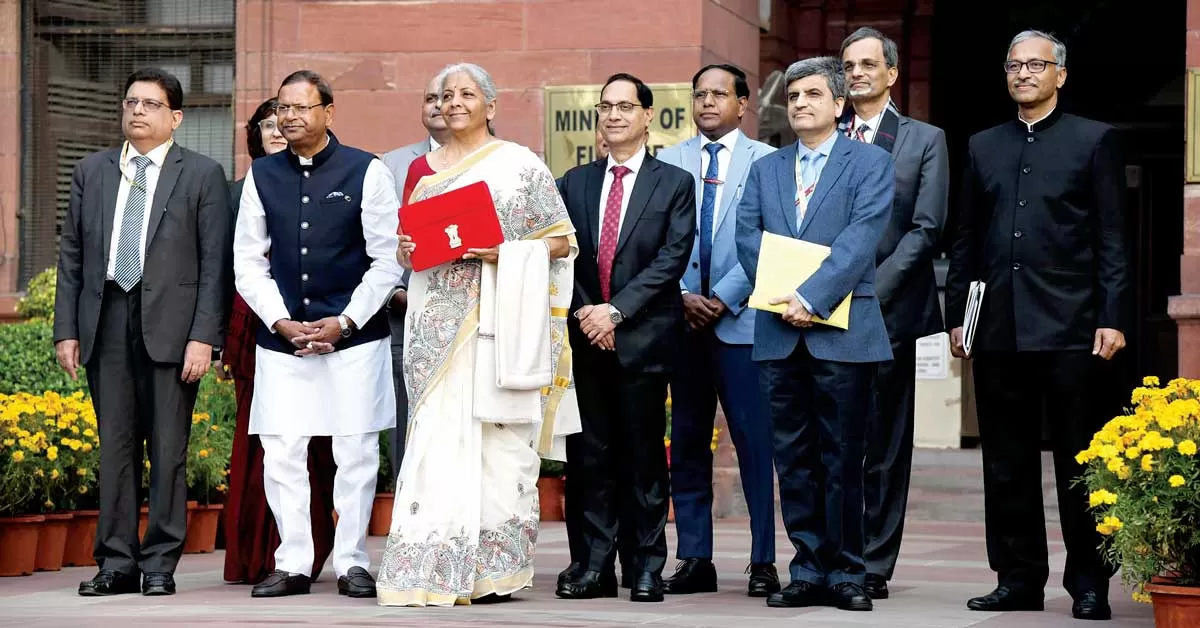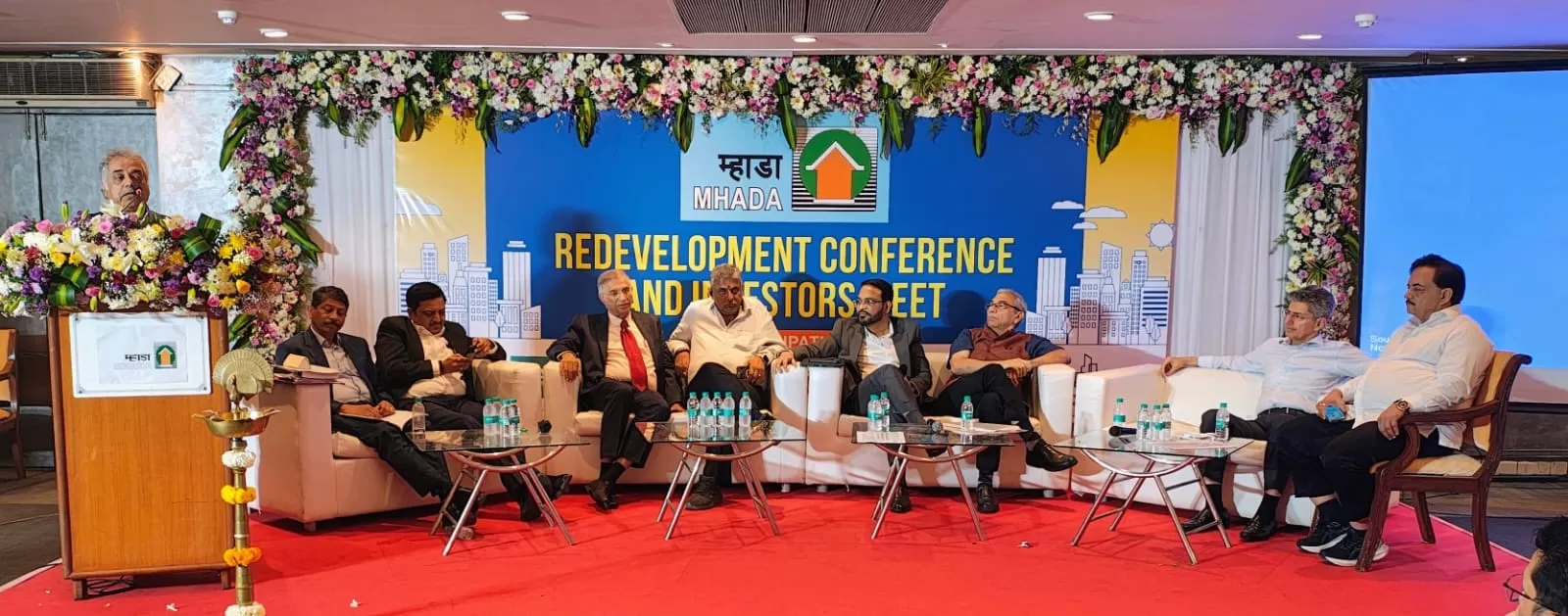The infrastructure sector remains one of the crucial drivers of social and economic growth while India continues its journey towards Viksit Bharat. Recognising its importance in accelerating growth, the central government has undertaken several measures to create an enabling environment for infrastructure investments. For instance, in the 2023-24 Budget speech, Finance Minister Nirmala Sitharaman announced that an expert committee would review the Harmonised Master List (HML) of infrastructure to recommend the classification and financing framework suitable for Amrit Kaal, the growth period till 2047. Subsequently, new sectors have been announced in this budget. Such continuity of policy interventions helps to create a conducive environment.This year, the government has increased the allocation for effective capital expenditure to Rs.15.5 trillion from Rs.13.2 trillion, a significant 17 per cent increase from FY2024-25 (revised estimate). Apart from the augmented capex allocation, other targeted measures have been proposed that could catalyse private investment and create an enabling infrastructure financing environment. The targeted measures outlined in the budget can partly shift the onus of infrastructure financing from public to private sources.To attract more private sector investments in the infrastructure sector, the relevant line ministries and states will develop a project pipeline that can be implemented in public-private partnership (PPP) mode. At present, India spends around 5.5-6.0 per cent of its annual GDP on various infrastructure projects, with the majority of the spending, i.e., nearly 75-80 per cent, coming from the central and state governments and the remaining 20-25 per cent from the private sector. However, to achieve the ambitious target of becoming a developed economy by 2047, India needs to increase the investment in infrastructure by up to 9 per cent of the annual GDP. The increased investment will address the growing infrastructure demand in the country and aid in economic growth. Considering the competing demands from other sectors, it is difficult for the government to increase capital expenditure beyond a certain limit. Therefore, the private sector needs to increase its share of investment in infrastructure. Enhanced private sector participation will help bring in operational efficiency and improve service delivery. In addition, developing the pipeline for bankable projects across ministries and states can act as an enabler to improve the potential of private investments in the infrastructure sector.The proposed pipeline of bankable projects will provide the necessary opportunity for potential investors that the National Infrastructure Pipeline (NIP) couldn’t provide. PPPs will further bring in technological advancement and operational and management efficiency, which will eventually result in improved service delivery. States have been encouraged to use the India Infrastructure Project Development Fund (IIPDF) scheme to finance the development and structuring of PPP projects. In this context, it is pertinent to mention that setting up a partial credit enhancement facility for corporate bonds by the National Bank for Financing Infrastructure and Development (NaBFID), an AAA-rated development finance institution, will enable the infrastructure companies and special purpose vehicles to raise funds at a lower rate. The reduced cost of capital will enhance the attractiveness of the PPP mode to implement infrastructure projects. This intervention can have a multiplier impact on infrastructure development.To encourage states to increase capital expenditure and undertake infrastructure development initiatives, an allocation of Rs.1.5 trillion has been earmarked for 50-year interest-free loans. States can further leverage the newly proposed Urban Challenge Fund (UCF) to establish cities as growth hubs and for their creative redevelopment. For FY2026, a corpus of Rs.100 billion has been proposed under this fund. The fund will be financing 25 per cent of the cost of bankable projects, with a condition that a minimum of 50 per cent of the total contributions for these projects are to be received from other sources like bonds, banks and PPPs. Considering the proposed 25 per cent financing would be like grant in-aid, this will reduce the initial investment requirement, thereby improving the commercial viability of the urban sector projects in the country.Towards inclusive economic growthThe government has also renewed its focus on the social and commercial infrastructure sector to ensure inclusive economic growth. Establishing the State Bank of India-managed Special Window for Affordable and Mid-Income Housing (SWAMIH) fund 2.0 as a blended facility with contributions from the government, banks, and private investors will enable the completion of dwelling units in stressed housing projects. Approximately 100,000 home buyers have investments in such stressed housing projects. Furthermore, concessional Micro Units Development & Refinance Agency (MUDRA) loans will be offered on favourable terms to promote the homestay ecosystem. This step will provide much-needed aid to the tourism sector, which will have a significant impact on generating local employment and boosting regional economic growth.The addition of large ships and hotels in the top 50 tourist destinations in the HML will grant these sectors access to long-term capital from domestic infrastructure-focused development finance institutions (DFIs). This will also enable them to raise funds from sovereign wealth funds (SWFs) and pension funds at competitive rates because these funds are exempted from taxes for infrastructure investments. To reduce the cost of intermediation and improve the information availability for conducting due diligence, the government has also announced that it will provide private investors access to the relevant data and maps through the PM Gati Shakti Portal. A maritime development fund with a corpus of `250 billion has been proposed to support the industry’s long-term financing needs. With up to a 49 per cent government contribution, this fund can anchor as a collaborative investment platform for international and Indian investors in the ships and waterways sector.The proposed National Asset Monetisation 2.0 (NMP 2.0), coupled with necessary regulation and fiscal policies, intends to infuse nearly Rs.10 trillion into greenfield investments. Continuing the success of NMP 1.0, NMP 2.0 is also expected to attract substantial investments from SWFs and foreign pension funds as the tax exemption for them has been extended until 2030 in this budget. In addition, NMP 2.0 may create space for developing infrastructure asset-backed securities (IABS) as an asset class in the secondary market to tap into domestic institutional investors.The initiatives and interventions proposed in the union budget will have a long-lasting impact on the overall infrastructure financing landscape. The majority of these steps are targeted to either reduce the cost of capital for private investors or lower the initial investment requirement for greenfield projects. However, the implementation of the proposed interventions has a few dependencies that need to be addressed. For instance, NaBFID needs to rapidly develop a credit enhancement product aligned with market requirements and investors’ preferences. Similarly, to achieve the underlying objective of the Urban Challenge Fund, the municipalities need to undertake comprehensive reforms to improve their creditworthiness and own source revenue share. The disbursement of the UCF is proposed to be linked with commercial fundraising, where currently only a handful of municipalities have an investment-grade credit rating, which may limit the offtake of this fund. Therefore, adequate capacity-building interventions are needed to support the budget announcements to ensure that the key budget initiatives have the resources necessary for success. About the author:Mohammad Athar ‘Saif’, Partner & Leader Capital Projects and Infrastructure Development,PwC India and Probal Ghosh, Managing Director, Capital Projects & Infrastructure, PwC India. Haider Saikh, Associate Director Capital Projects & Infrastructure, PwC India also contributed to the article.


















